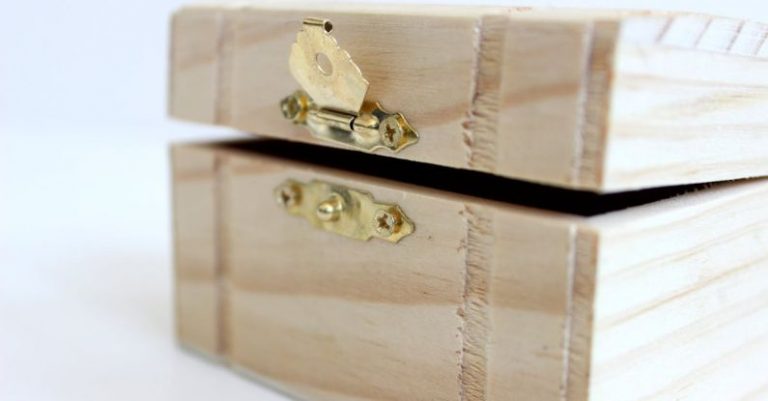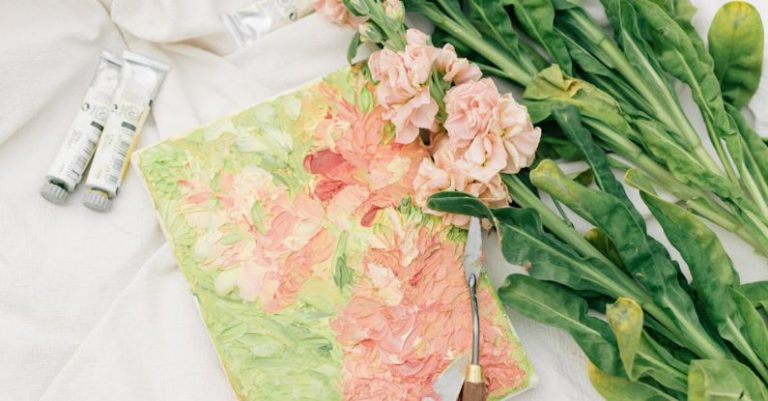Which Technique Is Best for Protecting Watercolor Art?

Watercolor painting is a delicate art form that requires special care to ensure the longevity and preservation of the artwork. One crucial aspect of protecting watercolor art is selecting the right technique for its preservation. There are several methods available to safeguard watercolor paintings, each with its own benefits and considerations. In this article, we will explore the various techniques for protecting watercolor art and determine which one is the best suited to keep these exquisite creations safe for years to come.
**Matting and Framing**
Matting and framing are traditional methods used to protect watercolor paintings. Matting involves placing a border around the artwork, usually made of acid-free paper or mat board, to prevent the painting from coming into direct contact with the glass. This helps to prevent the colors from fading or transferring onto the glass over time. Framing further enhances the protection by enclosing the matted painting in a frame, which provides a physical barrier against dust, moisture, and other elements that could damage the artwork.
**UV-Protective Glass**
UV-protective glass is another essential technique for safeguarding watercolor art. Ultraviolet (UV) rays from sunlight can cause colors to fade and paper to deteriorate over time. UV-protective glass helps to filter out these harmful rays, reducing the risk of damage to the painting. When selecting UV-protective glass for framing watercolor art, it is essential to choose glass that blocks at least 97% of UV rays for optimal protection.
**Spray Varnish**
Spray varnish is a protective coating that can be applied to watercolor paintings to seal and protect the surface. Varnish helps to prevent dust, dirt, and moisture from coming into direct contact with the painting, providing an additional layer of defense against damage. When using spray varnish, it is crucial to apply thin, even coats to avoid altering the colors or texture of the artwork. Additionally, it is recommended to use a removable varnish to allow for future conservation efforts if needed.
**Archival Storage**
Proper storage is essential for protecting watercolor art when it is not on display. Archival storage materials, such as acid-free folders, boxes, and sleeves, help to prevent yellowing, fading, and deterioration of the artwork over time. When storing watercolor paintings, it is important to keep them in a cool, dry environment away from direct sunlight, humidity, and fluctuating temperatures. This will help to maintain the integrity of the artwork and ensure its longevity.
**Professional Conservation**
For valuable or irreplaceable watercolor artworks, professional conservation may be the best technique for long-term preservation. Conservation specialists have the expertise and tools necessary to assess the condition of the painting, address any existing damage, and recommend the most appropriate conservation methods. Professional conservation can include surface cleaning, repair of tears or discoloration, and stabilization of fragile areas to ensure the artwork remains intact for future generations to enjoy.
**Conclusion: Preserving Watercolor Art with Care**
In conclusion, protecting watercolor art requires careful consideration and the use of appropriate techniques to ensure its longevity and preservation. Matting and framing, UV-protective glass, spray varnish, archival storage, and professional conservation are all effective methods for safeguarding watercolor paintings. By employing these techniques and handling watercolor art with care, artists and collectors can enjoy their cherished artworks for years to come, maintaining their beauty and integrity for future generations to appreciate.





